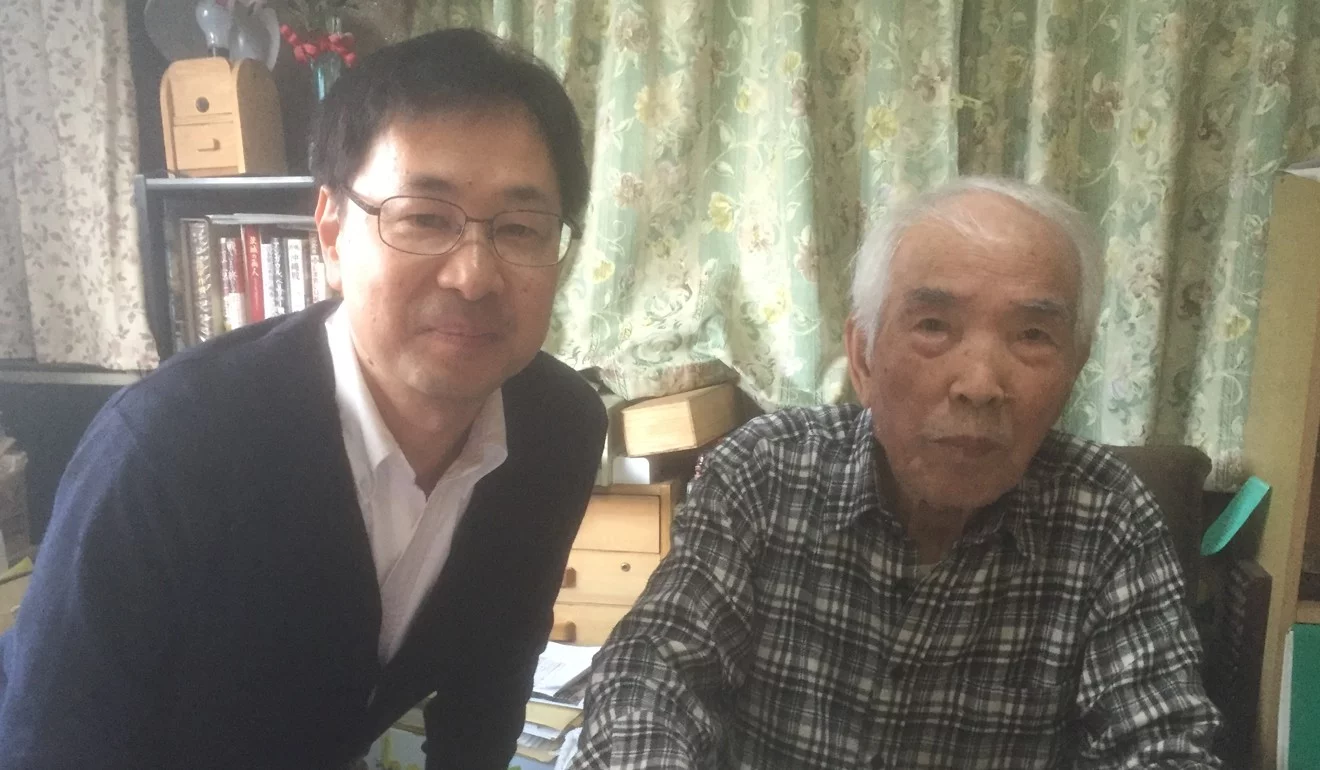The Battle of Peleliu was one of the bloodiest and most deadly conflicts in the Pacific Theatre and claimed more than 12,000 lives, which is more than nine-hundred men for every square kilometre of this small island.
It has long been a favourite trope of popular culture, the Japanese soldier resisting the enemy for years following the end of the War oblivious to his nation’s surrender.
However, like many myths this one is rooted in fact.
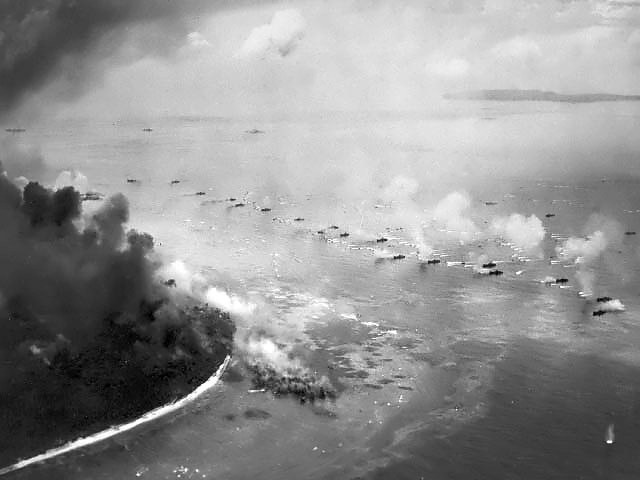
The battle was expected to last just four days, but the Japanese defences were so intractable that it took US forces two months to take the territory.
The American Major General William Rupertus was the Commander leading the 1st Marine Division. The main goal was to win the airstrip on the island, but apart from this Peleliu appeared to have little strategic value in the Pacific theatre.
The Battle caused controversy at home for the US due to the high rate of attrition, the casualty rate far exceeding any other amphibious operation of the Pacific War.
The American forces had codenamed the operation ‘Stalemate’ and that was exactly what it looked like, despite the US forces heavily outnumbering those of the Japanese Imperial military.
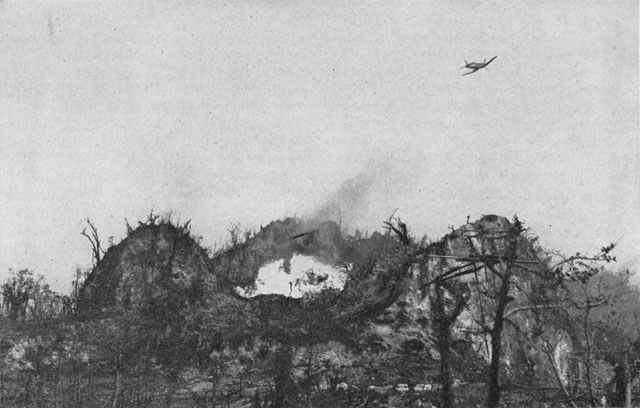
The Japanese commander had been ordered not to surrender the island at any cost and managed to keep the US Marines at bay for some seventy-three days.
The Japanese commander finally capitulated and took his own life in a ritual suicide.
Keiji Nagai was one of just thirty-four Japanese survivors of the Battle of Peleliu. Together with his comrades he hid inside a vast network of tunnels, stealing supplies from the US occupying forces to survive.
None of them had any contact with the Imperial Army and so had no idea that their Emperor had surrendered in August 1945.
The soldiers survived undetected for nearly two years and were only motivated to hand themselves in when one of their number found a discarded American magazine.
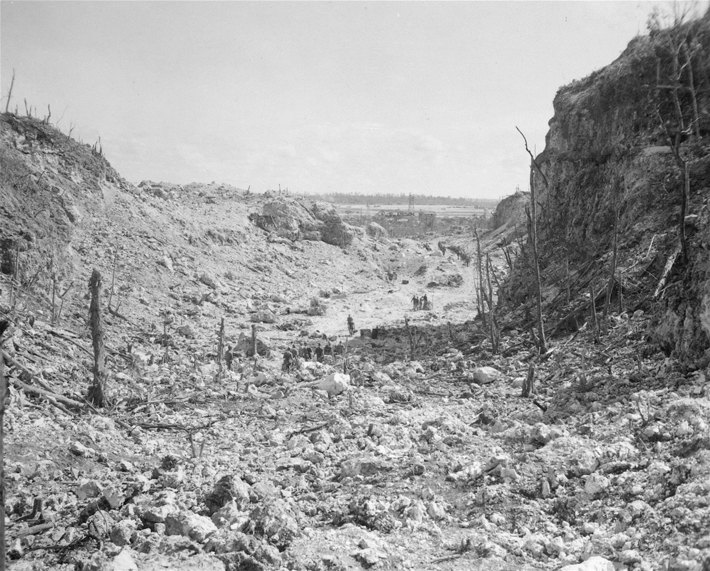
With a photograph of Japanese politicians and generals signing documents, watched by a group of high ranking American military leaders.
One of the thirty-four men holding outs had enough understanding of the English language to be able to translate the caption and so discover the truth.
Defeat was hard for them to stomach and Nagai later said in an interview that he did not want to use the word ‘surrender’ when they finally emerged from their boltholes deep inside the island’s cave system.
He said he retained too much military pride to simply give himself up to the Americans twenty months after the end of the War.
After his repatriation Nagai returned to his home province where he married and settled down and spent his civilian working life making confectionery, rarely talking about his wartime experiences.
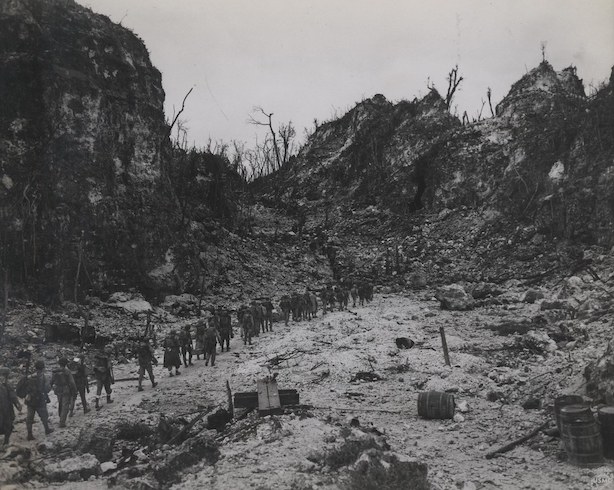
It was only in the last few years, when he was formerly identified as the last surviving soldier from the Battle of Peleliu, that he began to open up about his experiences.
In the Spring of 2015 Nagai met Emperor Akihito and Empress Michiko at the Imperial Palace in Tokyo before their official visit to the island to pay their respects to the fallen.
The Emperor had thanked the old soldier, who had enlisted in 1940 and was initially sent to Manchuria, for his long service to the nation.
NHK interviewed Nagai for a television show broadcast on the day of the Imperial visit.
He described the bombardment by the US Navy prior to the Marines landing on the island, watching his comrades fall and the islands complex defences erode under the onslaught.
Another Article From Us: Divers Use WW2 Equipment To Return A Crew Member To USS Arizona
When he was asked whether Japan needed to change Japan’s pacifist constitution, which has been under review by politicians who would like to see the country’s military position ‘normalised’ he was dismissive, saying there was ‘no need’.
Nagai died in November 2019 aged ninety-eight.
